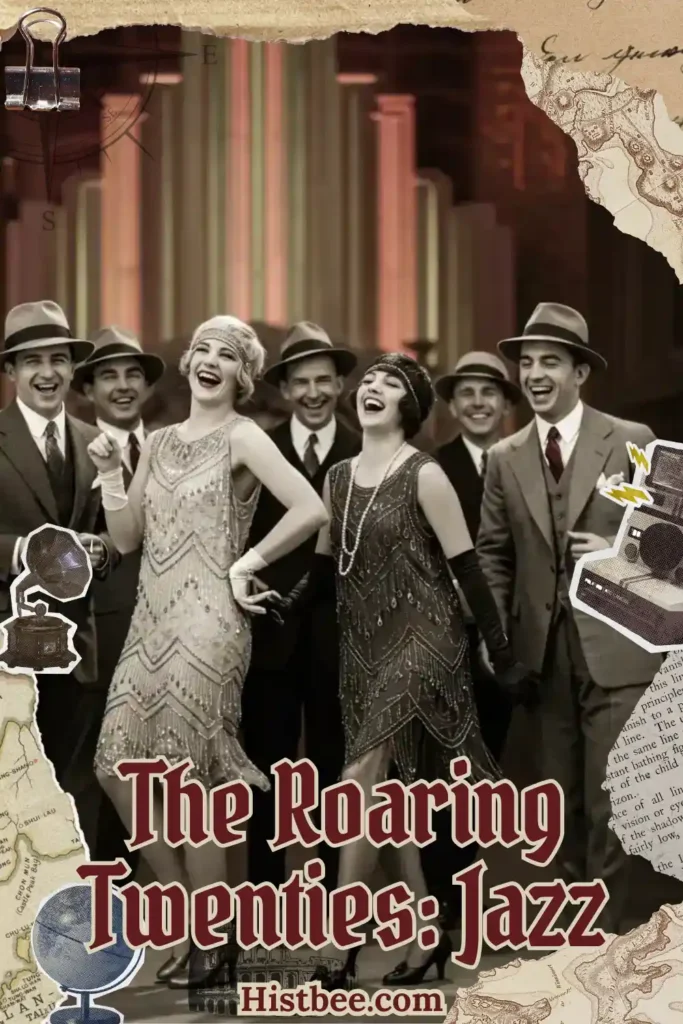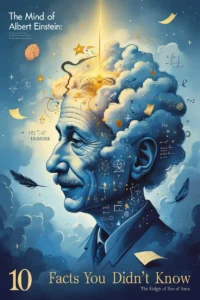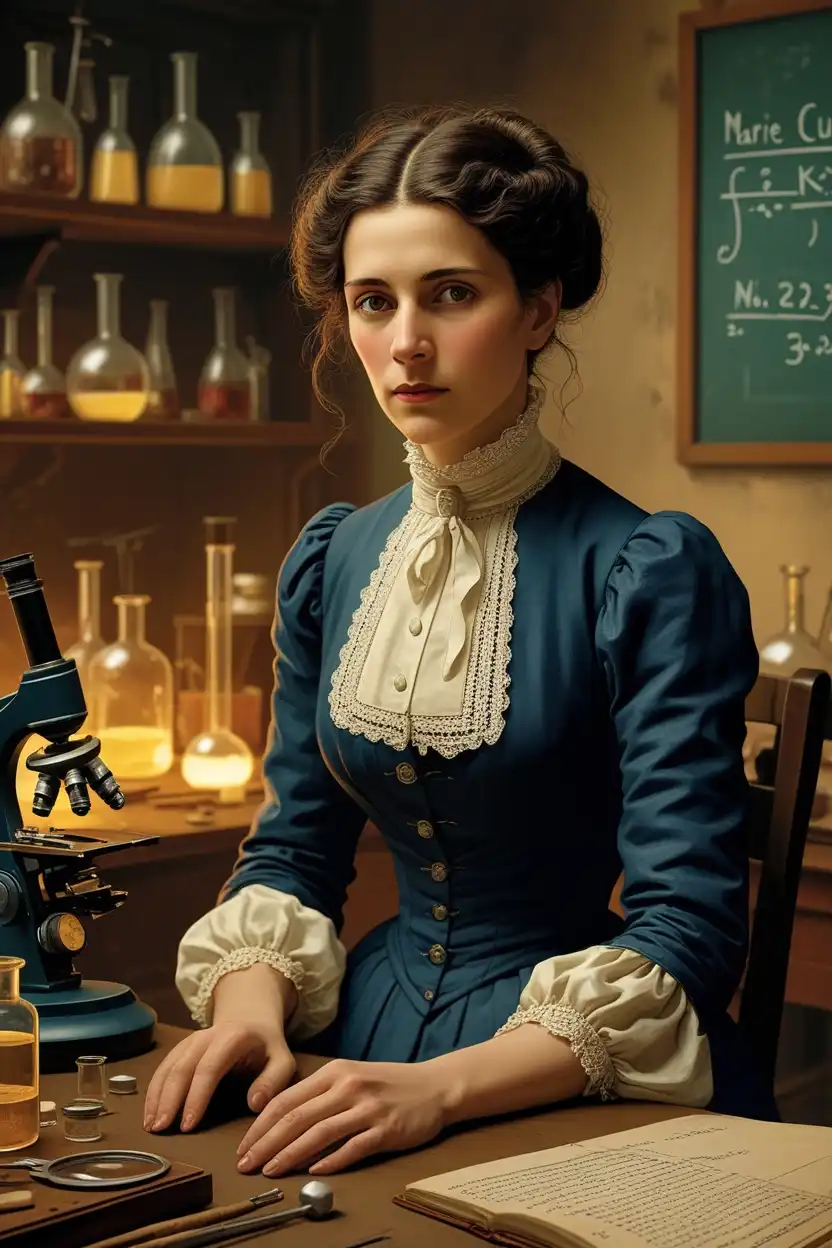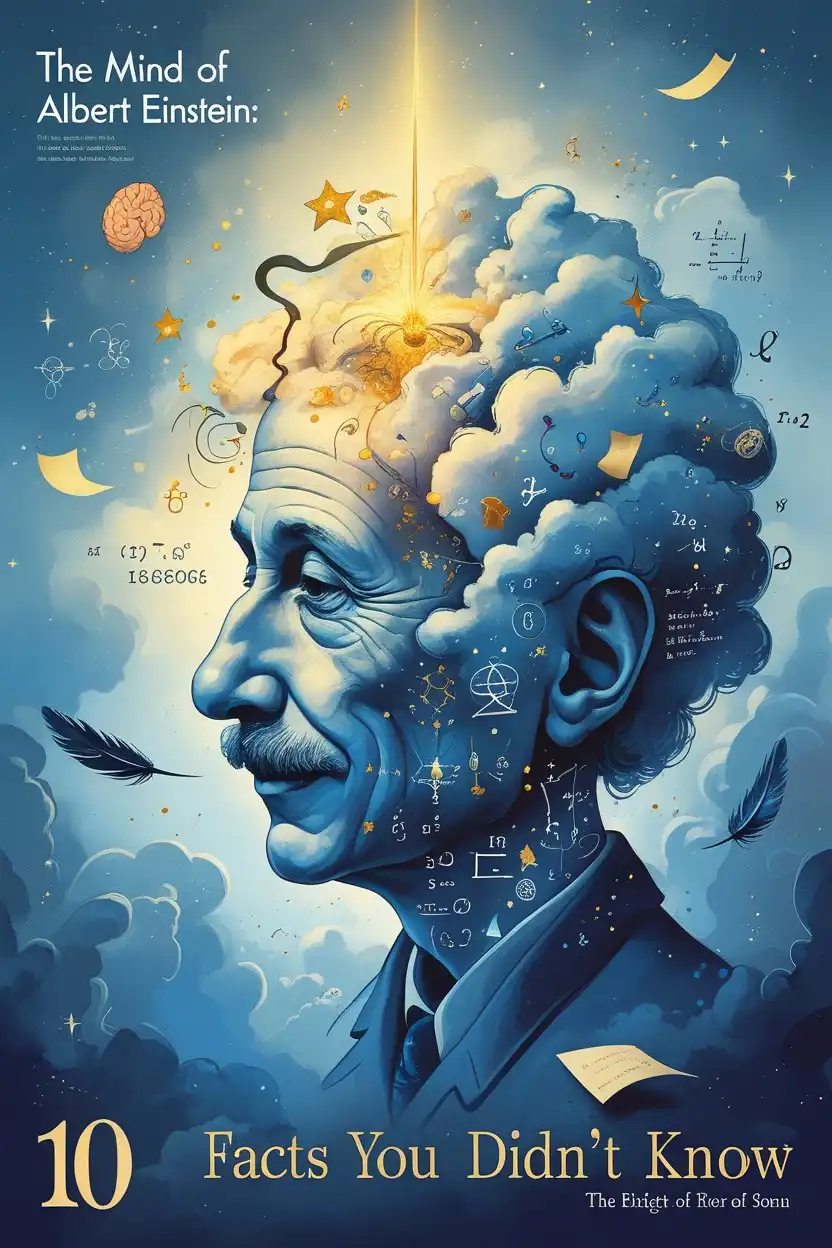The 1920s, often referred to as “The Roaring Twenties,” was a decade of dynamic change, cultural innovation, and economic prosperity in many parts of the world, particularly in the United States. It was a time when traditional norms were challenged, new art forms flourished, and society experienced a profound shift toward modernity. Let’s take a closer look at what made this era so iconic.
The Jazz Age: A Musical Revolution
At the heart of the Roaring Twenties was jazz—a genre that became the defining soundtrack of the decade. Originating in the African American communities of New Orleans, jazz quickly spread across the country and captured the imagination of people from all walks of life. Artists like Louis Armstrong, Duke Ellington, and Bessie Smith became household names, bringing their soulful rhythms and improvisational brilliance to clubs and dance halls.
Jazz wasn’t just music; it was a cultural movement. It represented freedom, creativity, and rebellion against the rigid structures of the past. The infectious beats of jazz inspired new dance crazes like the Charleston and the Lindy Hop, which became staples of social gatherings. For many young people, especially women, dancing to jazz symbolized independence and breaking free from societal expectations.

Flappers: Icons of a New Era
If there was one image that epitomized the Roaring Twenties, it was the flapper. These young women defied traditional gender norms with their bold fashion choices, bobbed haircuts, and carefree attitudes. Flappers embraced short dresses adorned with fringe and beads, ditching the restrictive corsets of previous generations. They smoked cigarettes, drank cocktails in speakeasies, and danced with an energy that shocked older generations.
But flappers were more than just a fashion trend—they were a symbol of empowerment. The 1920s marked significant progress for women’s rights, including the ratification of the 19th Amendment in 1920, which granted women the right to vote in the United States. Flappers embodied this newfound freedom and redefined what it meant to be a modern woman.
The Economic Boom: A Decade of Prosperity
Economically, the Roaring Twenties were a time of remarkable growth and innovation. The aftermath of World War I brought industrial expansion and technological advancements that revolutionized daily life. The widespread adoption of automobiles, thanks in part to Henry Ford’s assembly line production, made cars more affordable and accessible than ever before. This not only transformed transportation but also spurred the growth of industries like oil, steel, and road construction.
Consumer culture flourished as new products flooded the market. Radios brought entertainment and news into people’s homes, while household appliances like refrigerators and washing machines promised convenience and efficiency. Advertising became a powerful tool, encouraging people to embrace a lifestyle centered around consumption.
The stock market also soared during this period, with many Americans investing their money in hopes of reaping quick profits. While this economic boom brought prosperity to many, it also sowed the seeds of inequality and financial instability that would later culminate in the Great Depression.
Social Change and Tensions
Beneath the glitz and glamour of the Roaring Twenties lay significant social tensions. The decade saw a clash between modernity and tradition as urbanization accelerated and rural communities grappled with changing values. Prohibition, enacted by the 18th Amendment in 1920, banned the sale and distribution of alcohol but led to the rise of speakeasies and organized crime syndicates.
Racial tensions persisted despite cultural milestones like the Harlem Renaissance—a flourishing of African American art, literature, and music centered in New York City. Writers like Langston Hughes and Zora Neale Hurston gave voice to the Black experience, while performers like Josephine Baker found international fame.
A Legacy That Endures
The Roaring Twenties remain a fascinating chapter in history—a time when society embraced change with open arms while grappling with its complexities. Jazz continues to influence music today, flappers are remembered as trailblazers for women’s liberation, and the lessons of economic boom-and-bust cycles still resonate.
As we look back on this vibrant decade, we’re reminded that periods of innovation and cultural transformation often come with both triumphs and challenges. The Roaring Twenties were no exception—a dazzling era that forever changed how we see ourselves and our world.





